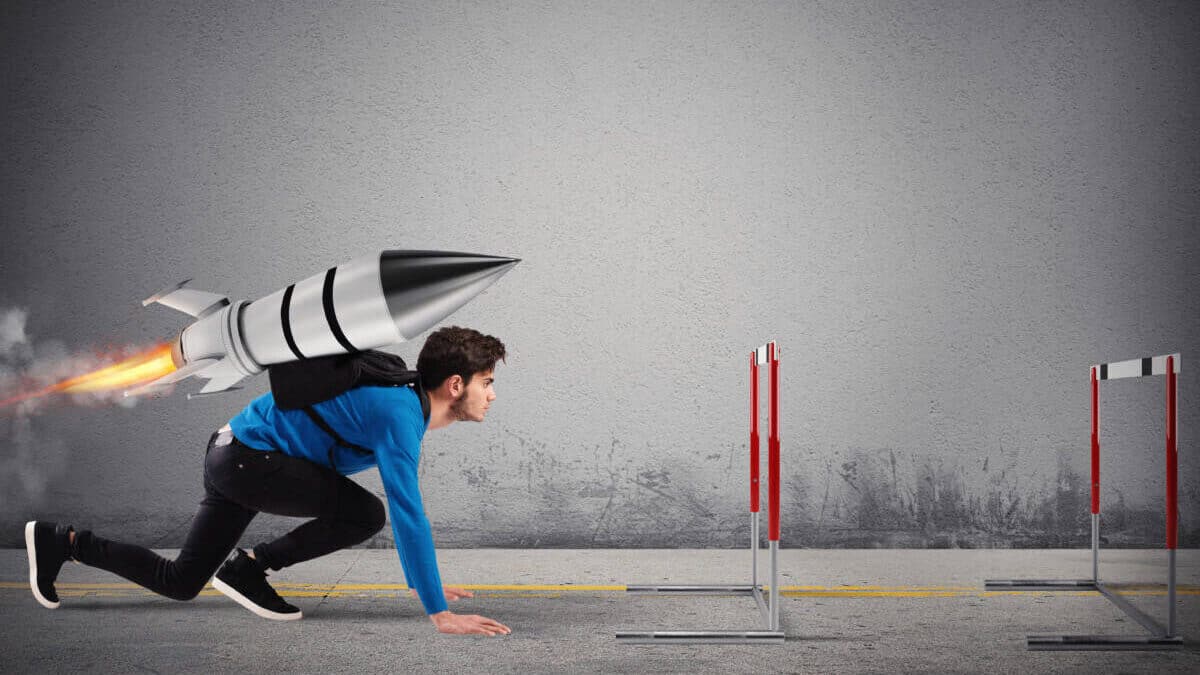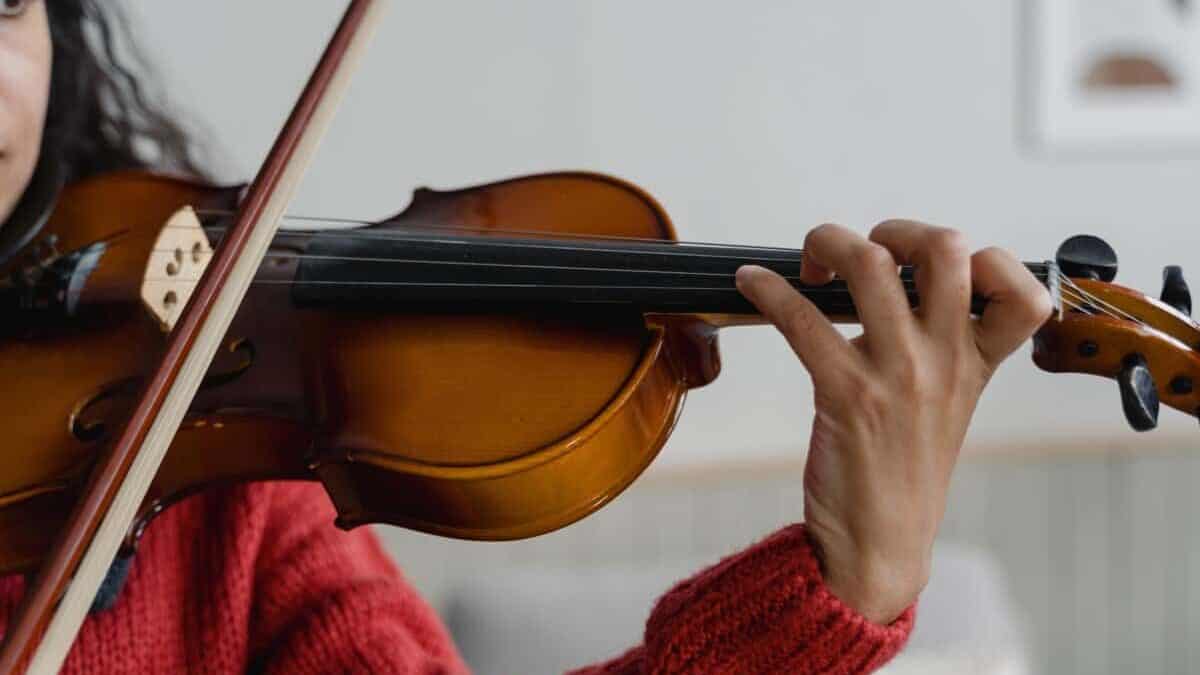
Many of us would like to learn a new skill or ability fast. For many, the violin is something people would like to learn quickly.
Most people can learn the violin reasonably fast. This typically means that you’ll have a good understanding of the violin, know scales, have good posture, and produce a good pitch on the strings. So most people, when starting, can learn a lot In a very concise amount of time.
However, there’s much more than just knowing how to play and produce a good sound on the violin. The real challenge is to master the technique and learn how to play in tune.
You Can Learn A Lot In Your First 6 Months To A Year
If you are a beginner violinist, expect to see a ton of progress within your first six months to a year. As I researched many articles and forums, I found many stories of people who claimed to have learned the violin in as little as six months.
But what do I mean when I say you can learn a lot within your first six months? Aside from research, I’m also a violinist, so I know what it’s like when you first start.
In my personal experience, I quickly learned and drastically improved my intonation within 6-12 months. I learned fast because I was passionate about the violin and eager to come home from school and practice every day.
I don’t quite remember, but I want to say I would practice for 1-3 hours a day.
I went from sounding like a newbie to someone who played like they had put in the practice to achieve a quality sound. It was indeed a lot of dedication, but it was worth it. I enjoyed it.
Many people claim that it takes a very long time to get to a decent level at the violin, but I tend to disagree. I know this because of personal experience, and if I could achieve tremendous results within a short time, then I’m sure anyone can too.
What Can You Learn In Your First Six Months?
As I mentioned, you can see significant results in a concise amount of time if you dedicate yourself to it. Let’s assume that you practiced between 30 mins to 2 hours a day.
Within the first six months, expect to have achieved this (The Basics):
- Nice and Clear Notes
- Ability To Read Sheet Music
- Posture
- Bow Hold
These are all of the things that you will achieve within your first six months. Of course, you won’t sound like a pro, but you will see how far you’ve come after some time and dedication to your craft.
You can get the basics of the violin down after six months. The basics are the cornerstone for your future success on the violin. I recommend that you not get ahead of yourself and start playing or learning concepts you’re not ready for until you’ve learned the basics.
Learning the basics ensures a solid foundation that will spread to other areas of your violin journey.
Another thing you will see improvement in is your intonation. If you dedicate yourself to 6 months of practice, expect to see results within six months.
I saw massive results within 6-12 months, which was no coincidence. Of course, I was not “gifted” or a “fast learner,” as they may say I was. I was dedicated to learning.
Over time, you will develop muscle memory, an element that will help you feel more “natural” when playing the violin. For example, you won’t have to think about where to put your fingers on the fingerboard or how to hold the violin/bow.
It will feel natural with very little thought to it. The practice you put into mastering your bow hold, violin hold, posture, and intonation will become less of a struggle.
Is The Violin Difficult To Learn?

The violin is a challenging instrument to learn. It takes a lot of time and patience to master the violin. However, many people can quickly learn if they practice regularly and commit themselves for at least a year.
It’s said that the violin is one of the most challenging instruments in the world to master. Even many experienced violinists have trouble achieving good intonation.
It’s hard because, unlike many instruments, the violin doesn’t have frets like a guitar or keys like a piano where you press on the note and it produces the sound you want. Instead, you must place your fingers in the exact position on the fingerboard while maintaining a good bow stroke.
A good bow stroke means you should have the right amount of pressure on the strings. Not too hard nor too soft. It also means that you should not slide your bow on the strings. Otherwise, you will produce unwanted sounds.
This is just the tip of the iceberg, however. There are many other factors that make the violin one of the most challenging instruments to learn.
In the beginning, it may feel hard to conquer these techniques, but over time it will feel natural, as I mentioned. So if you’re planning to learn the violin, don’t let these challenges sway you from learning this beautiful instrument!
How Many Hours Should You Practice The Violin?
Aim to practice for about 30 mins to 2 hours daily. You will notice results within the first six months to a year. Beginners should practice for at least 30 mins, while more advanced students should practice for at least an hour.
Some recommend that you shouldn’t practice for too long because It may cause strain on your tendons or that you may lose concentration the more time you practice.
I think everyone is different and you should practice for as long as you feel suitable. For example, it may be for just 30 mins a day, while for others, it may be for more than 2 hours a day.
It’s hard to put an exact number on the hours you should practice each day, but I recommend that if playing the violin is only something you play as a hobby, practice for at least 30 mins a day. Mainly so that you won’t lose your progress if you stop practicing.
If playing the violin is something you would like to take more seriously, then I would aim to practice for at least an hour or more each day, especially if you want to learn the violin fast.
